Friday, December 21, 2018 -
After breakfast and met our guide, Bishyu and Sandosh.
We learned about the tsunami in 2004 that hit on December 26th, which started in Thailand and impacted Pondicherry.
The guides we meet in each of the locations on our journey make these trips interesting and most educational. Our guide today shares the history of this area dating back to 1700 when the French observed how much money the British were earning. The French agreed the British would never surrender the bigger cities they occupied in India. To succeed, the French knew they must gain access from the sea to gain ground in northern India where the real money was made. So, the French focused on five smaller cities to the South and declared Pondicherry as the capital. The Romans had done business in Pondicherry since the 1st Century. Strategically, Pondicherry was equidistant to other rich resource cities.
After breakfast and met our guide, Bishyu and Sandosh.
We learned about the tsunami in 2004 that hit on December 26th, which started in Thailand and impacted Pondicherry.
The guides we meet in each of the locations on our journey make these trips interesting and most educational. Our guide today shares the history of this area dating back to 1700 when the French observed how much money the British were earning. The French agreed the British would never surrender the bigger cities they occupied in India. To succeed, the French knew they must gain access from the sea to gain ground in northern India where the real money was made. So, the French focused on five smaller cities to the South and declared Pondicherry as the capital. The Romans had done business in Pondicherry since the 1st Century. Strategically, Pondicherry was equidistant to other rich resource cities.
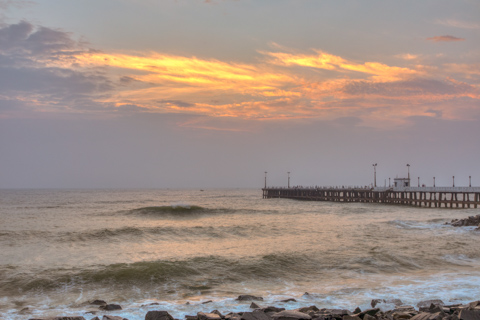
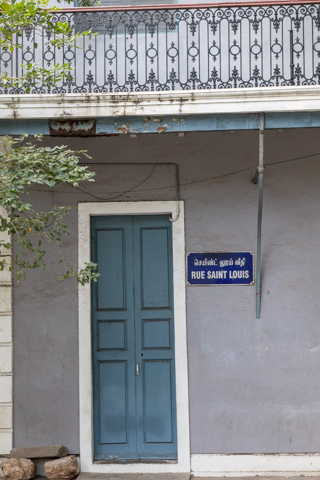
In 1763, the British attacked again but could not take Pondicherry, but they razed it so the French began to rebuild and installed a canal, "Le Grande Canal."
In 1782, the British attacked the French in Pondicherry again. In 1850, the French left Mahi in Kerala sailing down around the back of Pondicherry. Instead of stopping here, they sailed on to Chenai, walked into Fort St. George and took control of the Fort. The British realized they must compromise so they gave up Pondicherry to the French.
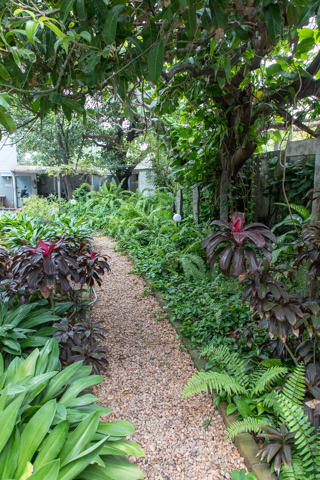
The Governor's House was a Dutch home and the French governor stayed here until the 1990's. It was subsequently sold to a businessman and then donated to the Ashram and now is a home for the elderly. In its garden, we saw a Jackfruit tree and a Moringa tree, "Drumstick" tree.

The Soldats would gather each afternoon in the courtyard for a game of petanque. The sign over this door recognizes these individuals and is now a private club for its members and citizens of Pondicherry.
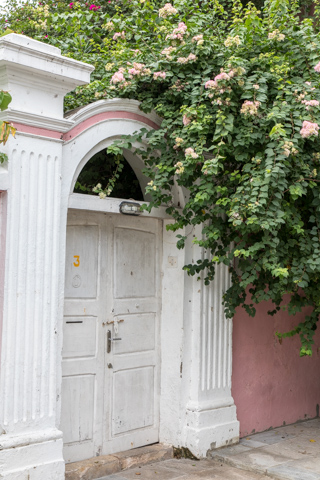

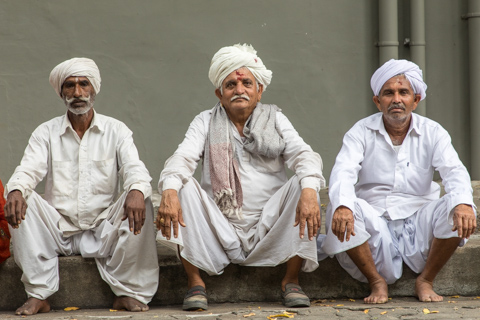
Throughout this journey, whether entering a temple, hearing prayers from a mosque or seeing the impact of Christianity from services in a church, I am reminded of the importance of faith and a belief in a higher being regardless of the religion.
Cal took pictures of several pilgrims visiting the ashram from all over India

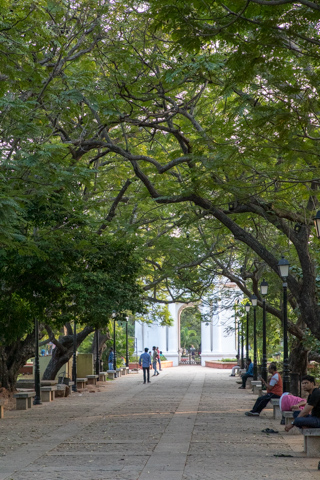
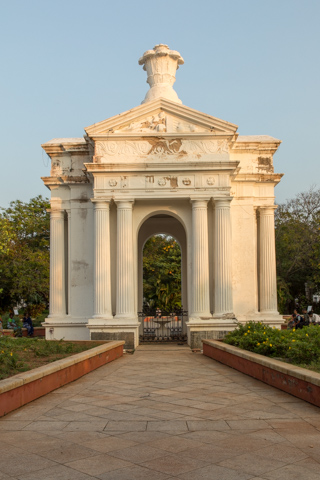
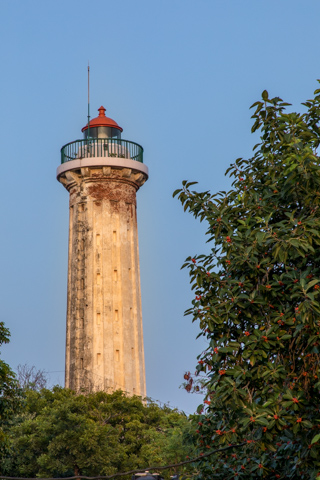
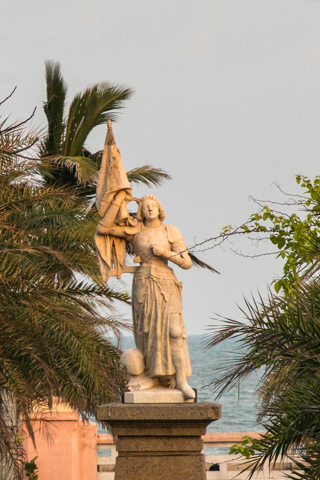
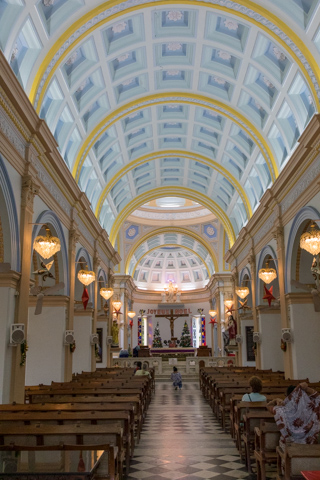
The church offers mass in three languages, French, Tamil and English.
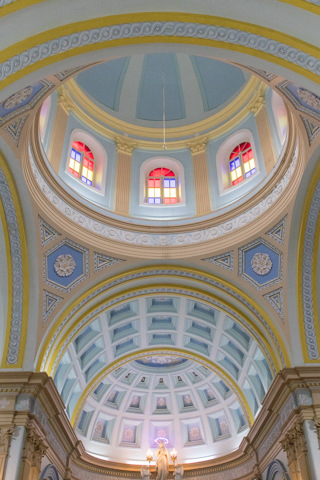
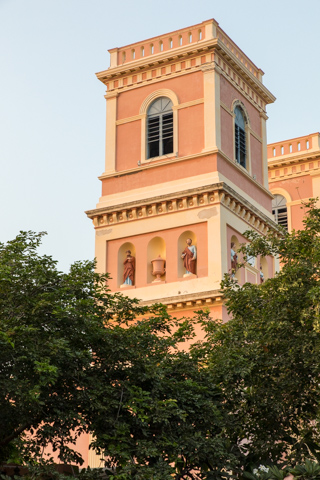

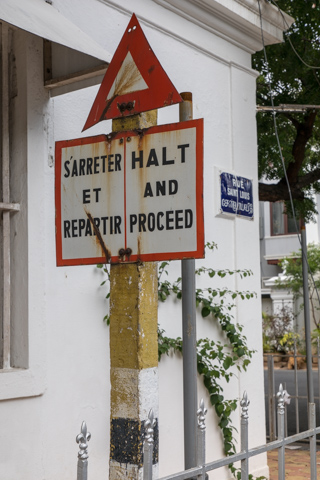

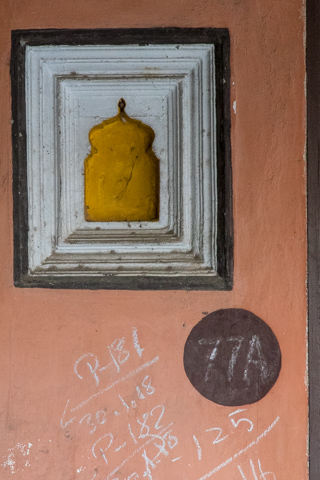

Across the street from the coffee vendor was a home being torn down. The niche is the only part of the front left.
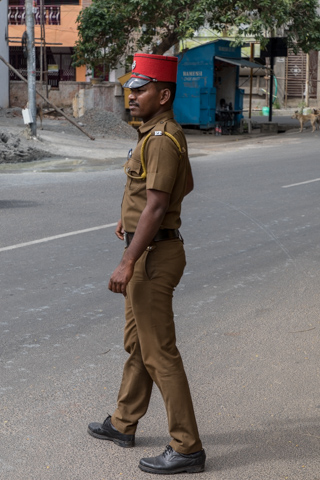
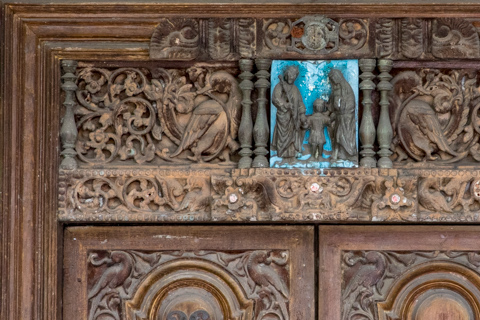
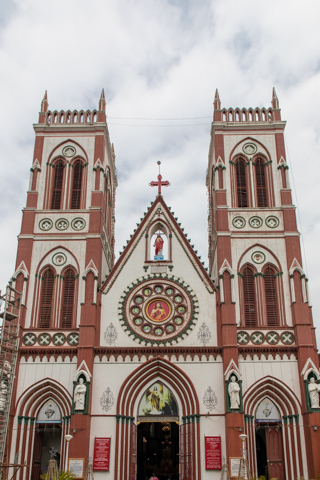
In fact, here there are three services every day. I am reminded how deeply spiritual the people who are gathered here are. We learn that this Catholic Church is predominantly for the lower-class caste systems. Even though the caste system is illegal and no longer practiced, it is still alive. Many citizens, once considered lower class, now earn regular wages.
What I witnessed were joyous, proud people. People who live simply and want little. People who thank God for life with all its ups and downs and who find happiness in the smallest of things. People who open their doors and hearts to welcome travelers like us.
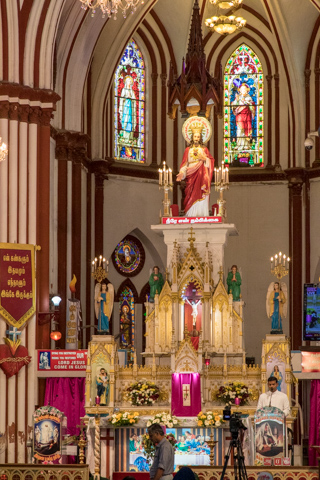
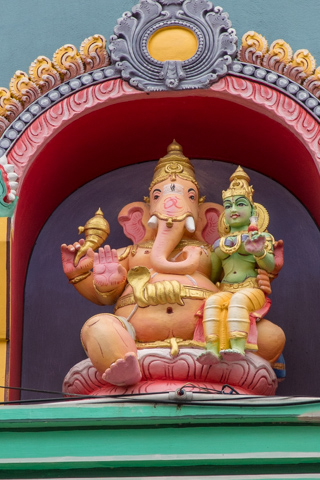
Legend has it that a European Governor who was sick was finally so sick he was convinced to pray to Ganesha - and he recovered. He then donated land and money to the temple so it could grow. He continued to visit and say thanks to the happy elephant.
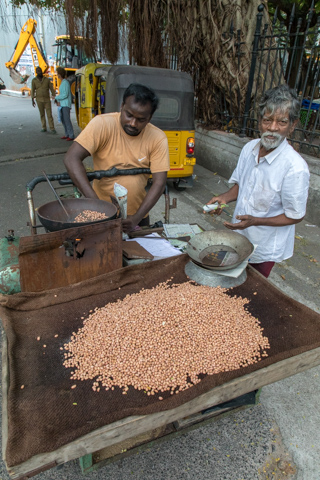
Once again we had dinner with Tony and Mary - this time at a swanky restaurant a few blocks away. Wonderful company and food - service was a bit lacking. Notable - this was the first time we had dinner outside a hotel, typically we did not venture out at night to restaurants - but in Pondicherry the atmosphere was so European.